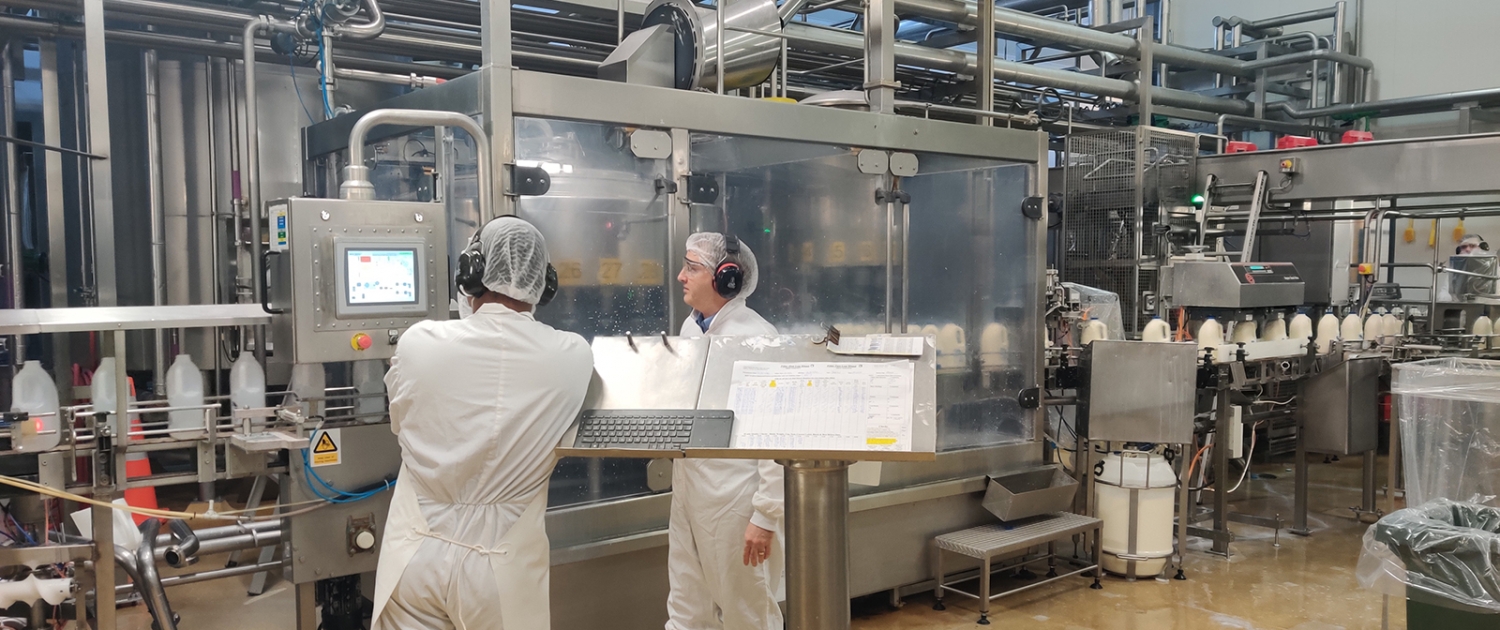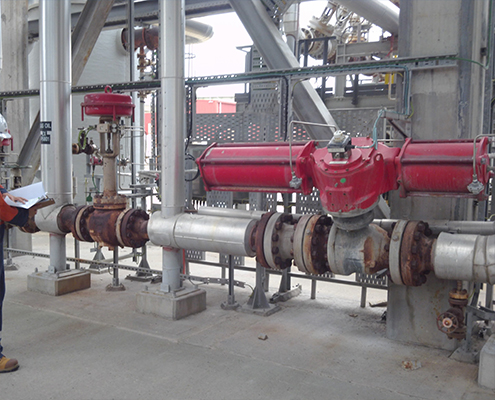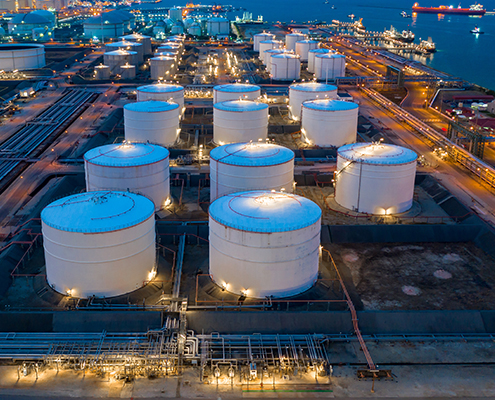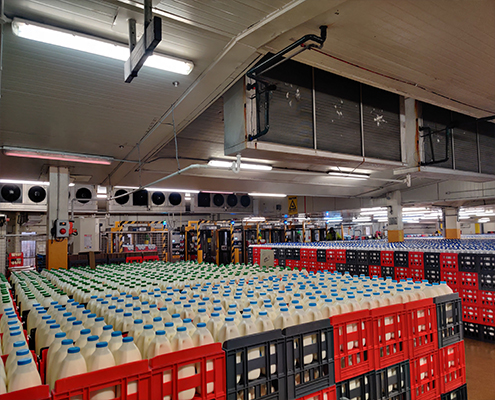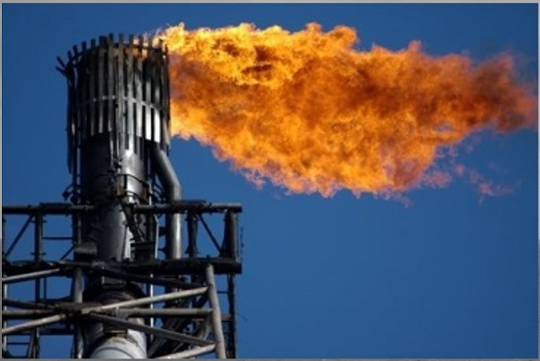FIREMAIN TROUBLESHOOTING AND PROCESS CONTROL MODIFICATIONS
NZ Oil Company
Our client’s firemain was experiencing problems with the control of the seawater fire pumps. Erratic control of the firemain pressure potentially created a risk of surge pressures. They were also dissatisfied with the yearly maintenance costs of the pumps and recycle valves.
By working alongside the client, we were able to immediately identify the core functionality required. Our extensive experience of dealing with pumps meant we were then able to simplify the process control logic by stripping out redundant coding and removing superfluous interlocks. A smaller jockey pump was installed with a head curve that could be run continuously and which avoided the low flow turndown case of the recycle valves which had been causing their damage. In addition, we optimised the set points of the anti-surge control valves ensuring a smooth transition on start-up of the pumps.
The implementation of our changes cost our client less than NZ$50,000.
By adopting a pragmatic and commercial approach, we achieved a hugely successful outcome for our client which not only resolved the core problem without disruption to operations, but also saved our client substantial maintenance and capital costs.

